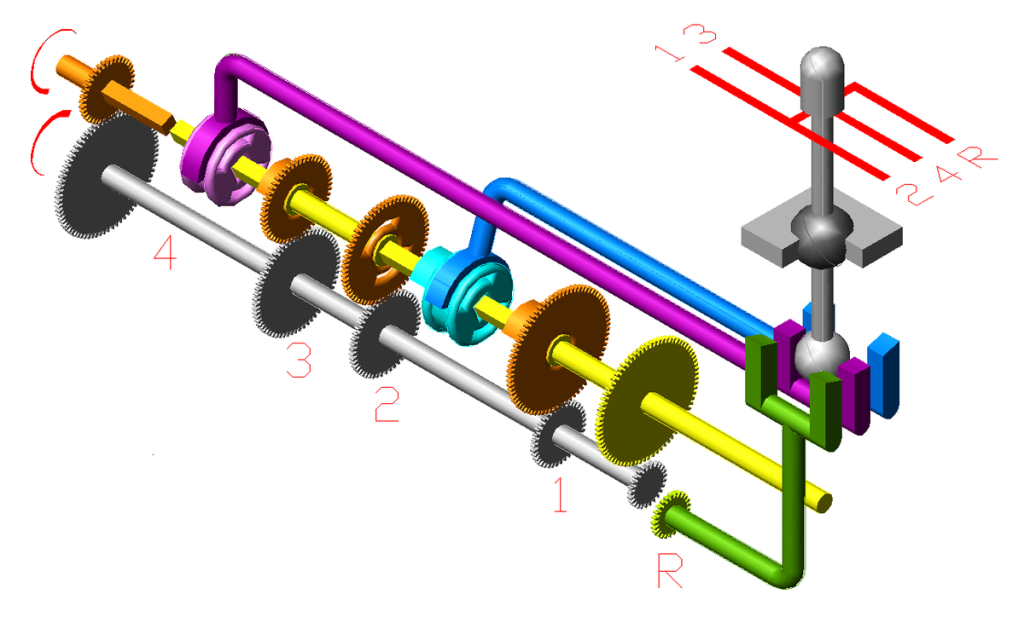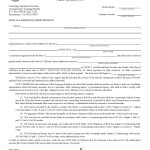Unveiling The Power Of Neutral Gear: What Is The Use In A Manual Car?
What Is the Use of Neutral Gear in a Manual Car?
Introduction
Hello, Car Enthusiast! In this article, we will discuss the importance and functions of the neutral gear in a manual car. Understanding the purpose of neutral gear is crucial for every driver, as it can significantly impact your driving experience and vehicle performance. So, let’s dive in and explore the world of neutral gear!
2 Picture Gallery: Unveiling The Power Of Neutral Gear: What Is The Use In A Manual Car?


What Is Neutral Gear?
Neutral gear, often denoted as N on the gear shift, is a position in a manual car where the engine is disengaged from the wheels. When in neutral, the engine is not connected to the transmission, allowing the wheels to spin freely without any power input from the engine. It is commonly used when the car is stationary, such as during idling or when parking.
Who Should Use Neutral Gear?

Image Source: gomechanic.in
Neutral gear is primarily used by drivers in certain situations. For instance, when you need to start the car’s engine, you should put the gear in neutral to avoid any sudden movements. Additionally, when driving downhill or in traffic where frequent stops are expected, putting the car in neutral can help reduce strain on the clutch and improve fuel efficiency.
When to Use Neutral Gear?
Knowing when to use neutral gear is essential for smooth and efficient driving. You should shift to neutral when coming to a complete stop, waiting at a red light, or pausing momentarily during heavy traffic. It is also advisable to switch to neutral when coasting downhill or approaching a long descent, as it allows you to maintain better control over the vehicle’s speed.
Where Can Neutral Gear Be Used?

Image Source: wikimedia.org
Neutral gear can be used in various situations and locations. Apart from city driving scenarios, it is particularly useful when maneuvering tight parking spaces or during slow-speed movements in congested areas. Additionally, when your car is being towed or pushed, shifting to neutral ensures the engine doesn’t engage and avoids any transmission damage.
Why Is Neutral Gear Important?
Neutral gear serves several purposes that are crucial for overall vehicle performance. Firstly, it prevents the car from stalling when starting the engine. Secondly, it minimizes wear and tear on the clutch by reducing the load on the transmission. Additionally, it allows the engine to run smoothly during idling without putting unnecessary strain on other components. Lastly, using neutral gear when the car is stationary can help save fuel.
How to Use Neutral Gear Properly?
Using neutral gear correctly is vital to ensure safe and efficient driving. To shift into neutral, press the clutch pedal fully and move the gear shift from its current position to the neutral position. When in neutral gear, keep your foot on the brake pedal to prevent unintended movements. Remember to shift back to the appropriate gear before accelerating to maintain control and power.
Advantages and Disadvantages of Neutral Gear
As with any driving technique, using neutral gear in a manual car has its advantages and disadvantages. Let’s take a closer look:
Advantages
1. Fuel Efficiency: Utilizing neutral gear when the car is stationary can conserve fuel, especially during long waits or traffic jams.
2. Clutch Preservation: Shifting to neutral at stoplights or during prolonged idling can reduce wear on the clutch, prolonging its lifespan.
3. Smooth Coasting: When coasting downhill or approaching a stop, engaging neutral gear allows for smoother deceleration and better control over speed.
Disadvantages
1. Reduced Control: When in neutral, you have less control over the vehicle compared to being in gear, making it unsuitable for sudden maneuvers or emergencies.
2. Delayed Acceleration: Shifting from neutral to a gear takes time, resulting in a slight delay in acceleration when starting from a standstill.
3. Engine Braking Loss: In certain situations, such as descending steep slopes, using a lower gear instead of neutral allows the engine’s braking effect to assist in controlling the vehicle’s speed.
Frequently Asked Questions
1. Can I shift to neutral while driving at high speeds?
No, shifting to neutral at high speeds is dangerous and should be avoided. It can compromise your control over the vehicle and make it harder to respond to unexpected situations.
2. Should I use neutral gear when my car is in neutral position?
Yes, it is recommended to engage neutral gear when the car is not in motion, like when idling or parking. This helps reduce strain on the engine and prevents unintended movements.
3. Can I use neutral gear to save fuel during long stops, like at a train crossing?
Yes, utilizing neutral gear during long stops, such as at a train crossing, can help save fuel. However, always ensure you are in a safe position and engage the handbrake to prevent any accidental movement.
4. Do automatic cars have a neutral gear?
Yes, automatic cars also have a neutral gear position. It serves the same purpose of disconnecting the engine from the wheels, allowing the car to coast without any power input.
5. Can shifting to neutral gear damage the transmission?
No, shifting to neutral gear will not damage the transmission if done correctly. However, abrupt or forceful shifting can potentially harm the gearbox. Always follow the manufacturer’s guidelines and shift gently.
Conclusion
In conclusion, understanding the use of neutral gear in a manual car is essential for every driver. It allows for smoother starts, helps save fuel during stops, and reduces strain on various components. Properly utilizing neutral gear in the appropriate situations can enhance your driving experience and prolong the lifespan of your vehicle. Remember to always prioritize safety and follow local traffic regulations. Happy driving!
Final Remarks
Disclaimer: The above information is intended for general knowledge purposes only. Always refer to your car’s manufacturer guidelines and consult with a certified mechanic or professional instructor for specific advice and instructions regarding the use of neutral gear. Drive responsibly and follow traffic rules and regulations at all times.
This post topic: Used Car



